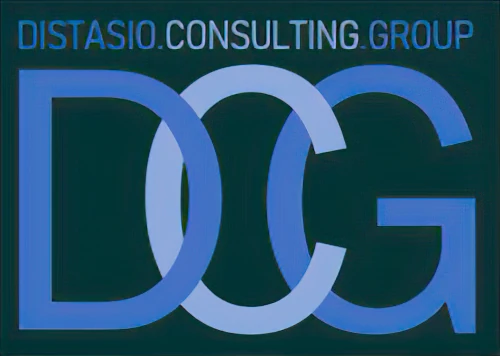In today’s rapidly evolving technological landscape, the ability of businesses to integrate AI effectively through strategic partnerships is becoming a decisive factor in achieving sustainable competitive advantages. According to McKinsey Quantum Black, “This breakthrough (generative AI) will reshape every industry…”
In this blog post, we’ll unravel the transformative potential of AI partnerships in the B2B sector, examining real-life case studies and successful collaborations that illustrate the power of combining complementary AI technologies. Later, we’ll also outline strategies on how to qualify alliances for a rapid growth ecosystem.
The Power of Partnerships in AI
An impactful partnership example is the collaboration between IBM and Cleveland Clinic. This partnership leverages IBM’s Watson AI to expedite new drug discovery and enables clinicians to more efficiently manage patient care. Watson’s deep learning capabilities and ability to process vast amounts of data augment the clinic’s research, demonstrating a B2B partnership that pushes the envelope of what’s possible in healthcare. It’s clear these kind of next generation technology partnerships, coupled with life science leaders, can ignite another generation of accelerated discovery in medicine. This is exciting.
Complementing Strengths for a Unified Goal
Salesforce and Amazon Web Services (AWS) have taken a significant leap forward in data management and artificial intelligence with their latest expanded partnership. This collaboration introduces groundbreaking integrations for Bring Your Own Lake (BYOL) and Bring Your Own Large Language Model (BYO LLM) between AWS and Salesforce Data Cloud, which is Salesforce’s hyperscale customer data platform.
The practical applications of these integrations are vast. For instance, a media company could utilize BYOL Data Federation to develop a comprehensive customer profile, combining data from different touchpoints such as customer support and ecommerce. This unified profile can then be leveraged to personalize customer interactions. In the financial sector, BYOL Data Sharing enables institutions to train custom AI models for predictive analytics, ensuring the delivery of personalized customer communications. Lastly, BYO LLM allows manufacturers to enhance their sales and customer service operations by incorporating generative AI-powered applications.
In essence, this partnership is reshaping how enterprises interact with data and AI, offering a scalable, secure, and integrated solution that propels business intelligence and customer engagement into a new era of innovation.
Real-World Success Stories: Learning from the Best
Let’s consider Google Cloud and Mayo Clinic, which entered into a partnership to apply AI to complex health challenges. Google Cloud’s AI and machine learning technologies help Mayo Clinic improve the detection of diseases, while Mayo Clinic’s clinical expertise ensures that the AI systems are fine-tuned for healthcare precision. This synergistic relationship underlines the importance of domain expertise in shaping AI applications for maximum impact.
Similarly, Microsoft and OpenAI’s collaboration is pushing the boundaries of what AI can achieve. Microsoft’s Azure AI supercomputing infrastructure, coupled with OpenAI’s cutting-edge AI research, has been groundbreaking. This alliance not only accelerates the progress of AI but also ensures such advancements are channeled responsibly to benefit society.
Identifying the Right AI Partners
Here are a few strategies for identifying suitable AI partners:
- Complementarity: Look for partners whose AI capabilities complement rather than overlap with your own.
- Shared Vision: Ensure that potential partners share your commitment to ethical AI use and have a compatible view of the future.
- Cultural Fit: Consider the company cultures. Synergy here can greatly facilitate collaboration.
- Track Record: A history of innovation and successful partnerships is a strong indicator of a worthwhile ally.
Formulating a Partnership Strategy
After identifying potential partners, the next step is to articulate a clear strategy:
- Define Objectives: Clearly articulate what each party wants from the partnership.
- Establish Governance: Decide how the partnership will be managed and how decisions will be made.
- Protect IP: Agree upfront on how intellectual property will be handled.
- Plan for Scale: Build a roadmap that allows the partnership to scale effectively.
Overcoming Challenges
Like any relationship, AI partnerships face challenges. Data sharing risks, integration issues between different AI systems, and aligning different corporate strategies and objectives are a few. Overcoming these obstacles requires transparency, open communication, and a willingness to adapt and compromise.
The Net-Net
It’s the organizations that put in play AI partnership strategies sooner than later that have the best chance of winning and riding the coattails of this watershed moment in history.
DiStasio Consulting Group specializes in fostering strategic AI and cloud partnerships to drive business innovation and growth. Leveraging our expansive network and deep industry expertise, we create bespoke strategies that help clients form synergistic collaborations with the right partners. We are not just consultants but nurturers of long-term partnerships that evolve with your business and the technology landscape.
Schedule a free 30-minute consultation and take the first step towards unlocking your business’s potential through the power of partnerships.






